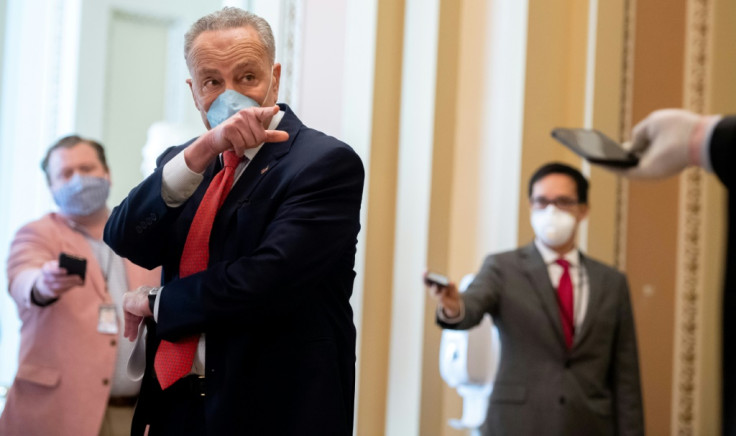Coronavirus: N95 mask inventor comes out of retirement to help health workers
The way N95 masks work is via the special filter that can block up to 95 percent of airborne particles.
To protect against 2019 novel coronavirus transmission, health experts endorse the use of personal protective equipment. Unless people are working in establishments that directly expose them to COVID-19 patients, cloth facial coverings should be enough says the Centers for Disease Control and Prevention (CDC). In contrast, others recommend the use of surgical masks to be on the safe side. Perhaps the highest level of protection one can get is from an N95 mask. Now, amid the pandemic, the man credited with its development is apparently back in action to help people who work in healthcare
It was confirmed that Taiwanese American scientist Peter Tsai has come out of his retirement of over two years to offer his services to those who need it the most. Given that N95 masks are in such high demand, shortages have been reported by hospitals, clinics, and testing centres. As a guest in a podcast with Dr. Sanjay Gupta, CNN's chief medical correspondent, he stated: "I felt I need to -- I need to help the health workers."
The way N95 masks work is via the special filter that can block up to 95 percent of airborne particles. The technology behind it was patented in 1995, wherein it uses the corona electrostatic charging method. As the name suggests, it adopts the principle of electrostatic charge to use the positive and negative charge of the material to trap and polarise pathogens such as bacteria and viruses.
Tsai allegedly learned that due to the scarcity of the equipment in question, doctors, nurses, first responders, and others reuse their respirators. Therefore, he supposedly worked up to 20 hours in a day to find the ideal method for sterilising the N95 safely without affecting its performance. So far, among the several approaches he tested, a 30-minute exposure to 160-degree dry heat purportedly worked best.

However, what he ultimately proposes is to purchase seven N95 masks which will be used in rotation. At the end of the day, the owner should hang what they wore in an isolated area so that there is enough time for the trapped viruses and bacteria to become inactive. The CDC urges the public to use alternatives instead in order for health workers to have enough inventory.
© Copyright IBTimes 2025. All rights reserved.






















